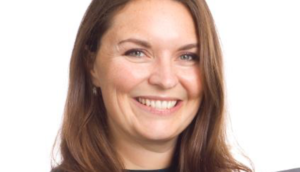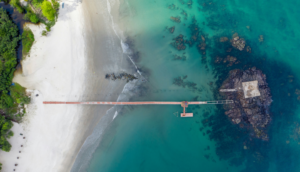In Africa, two-thirds of the population is without access to electricity. To fuel economic growth and empower people to become more productive with their lives, governments, business, and the nonprofit sector have been working on providing people across the continent with solar energy. While progress has been made, many obstacles and barriers remain. Besides the challenge of making solar affordable to those who live on less than $2.50 a day, an important factor facing providers of solar energy has to do with the fact that many of the available products (i.e., solar lanterns, solar panels, microgrids, etc.) still have to compete with the status quo (products that people have been using such as kerosene, candle, or battery-powered flashlights). To further tap into this vast market, companies have to think outside the box on questions concerning product quality and reliability, pricing/cost, distribution/market coverage, but also promotion and consumer education. Consumer attitude towards the solar product overall depends to a great extent on their initial encounter with these products. The business model for this market will have to incorporate not only flexibility but also scalability.
The design thinking approach could be value added here as solutions to the problem will have to be, first and foremost, human-centered. The business model has to start with the consumers, what they want, how to make the product affordable. There are unarticulated needs that have yet to be uncovered, organizations addressing this challenge will have to come up with not only a product, but perhaps a bundle of benefits that can fit into the lifestyles of consumers who cannot afford much, but whose lives can be transformed with more reliable electricity. There are many barriers to change surrounding the solar technology, design thinking would be helpful in digging further into the lives and problems of people without electricity in these less-developed parts of the world. I like the term “user-driven design” particularly because of the empathetic nature of the process and also because of the co-creation effort. Many stakeholders (e.g., manufacturers, communities, government, users/consumers, NGOs) will have to be involved in the idea-generation process as nobody has all the answers to the issues that we are trying to address in this situation.
There are some examples in the field of how design thinking could fit in:
Juabar: As a Tanzanian startup, Juabar (which means solar bar) designs and builds solar charging kiosks, which it then leases to a network of entrepreneurs who use them to offer electricity services to their own communities. As about 60% of the population living in Tanzania’s rural areas require electricity to charge their mobile phones and other devices, these charging kiosks provide a solution to the people and at the same time promote business opportunities for these rural communities. Called “Juapreneurs”, these franchisees receive support from the company in the form of financing, technical support and sales training. The Juabar charging kiosk was co-designed with Tanzanian solar technicians and fabricators to create an attractive and secure point of sale for the local communities. There are some key elements of design thinking in this venture, particularly in the way the concept was designed and positioned to deliver electricity connectivity to underserved customers in Tanzania. For the venture to scale, storytelling (which is one of the design thinking tools) could be applied to help stakeholders connect with the personal story of a “Juapreneur” who provides mobile charging services to his community, what his inspirations and aspirations are through this process. It is these personal stories that motivate other entrepreneurs to join the network or that ignite excitement through crowdfunding campaigns.
M-KOPA Solar: Recognized for its pioneering business model, M-KOPA exemplifies many key elements of design thinking. The company provides “pay-as-you-go” renewable energy for off-grid low-income households in Kenya, Uganda and Tanzania at about $0.45 per day. M-Kopa provides a workable solution to an enormous problem that affects thousands of households by making its approach human-centered and option-focused. The solution brings together asset financing, mobile technology and solar innovation in which low-income customers buy a solar home system on a mobile payment plan, with an initial USD$35 deposit, followed by 360 daily payments of USD$0.58. The most challenging part in conceptualizing the idea is to come up with a value proposition that would appeal to the poorest consumers at the bottom of the pyramid. This is a case in which I think visualization as a design thinking tool would work very well. A sales agent for M-Kopa told a story of a customer who came up with the money for the down payment after she saw a sample solar panel setup from M-Kopa during a weekly trip to a nearby market town. Pictures, prototypes, story boards, etc. in this case can allow sale agents to tell potential customers what they will be buying. Visual scenarios can help tell a better story and a very convincing tool to use on various stakeholders so that they can better relate to the product concept.
The Akon lighting Africa Initiative: the artist AKON incorporates storytelling into his efforts to promote this project. In his talks, Akon tells the story of millions of Africans living in the dark after the sun goes down: children cannot do their homework, doctors can hardly check on patients who are sick, people who die from harmful pollutants or fires in the home produced by toxic solid fuels. These powerful stories help raise collective awareness of the issues and get people focus on possible solutions.










